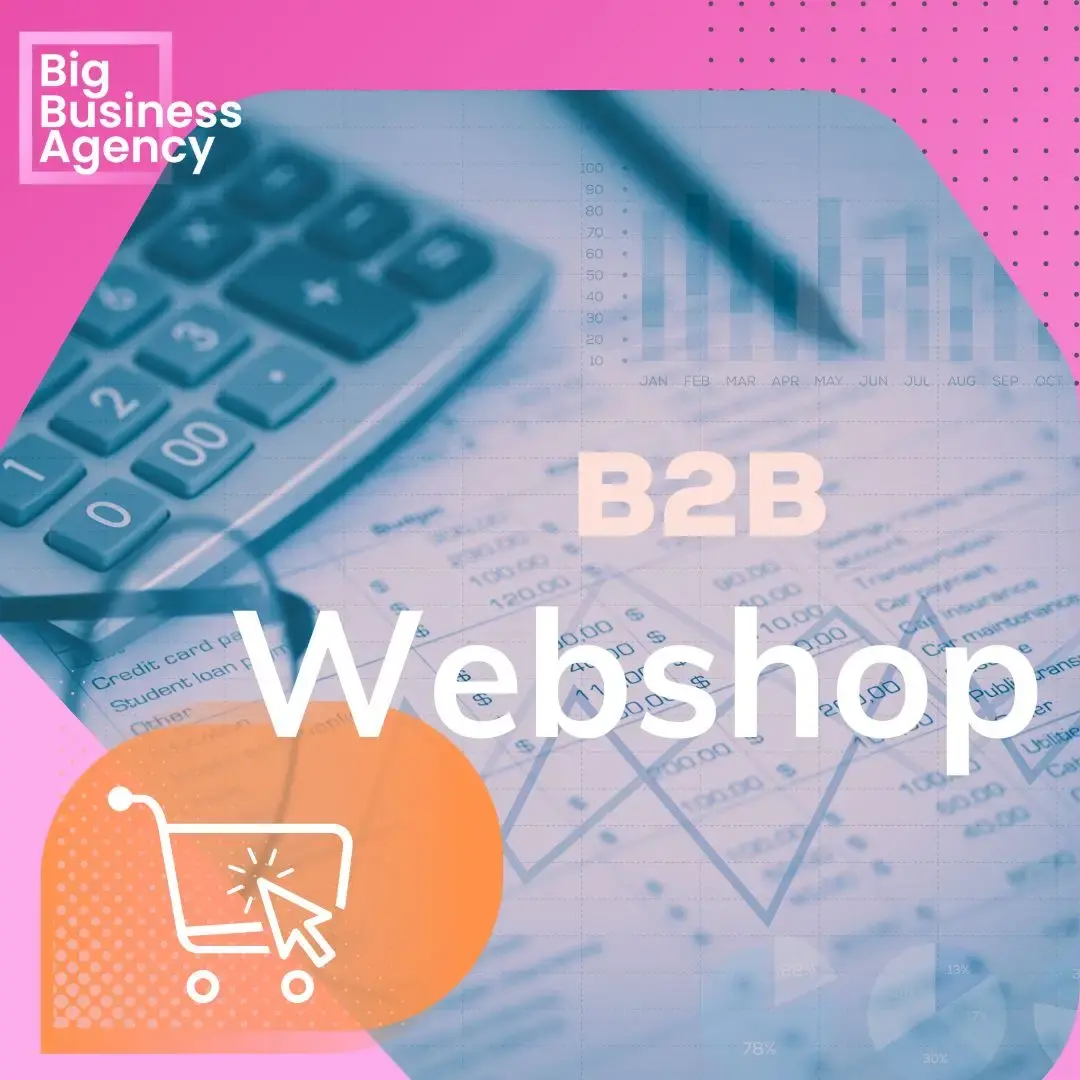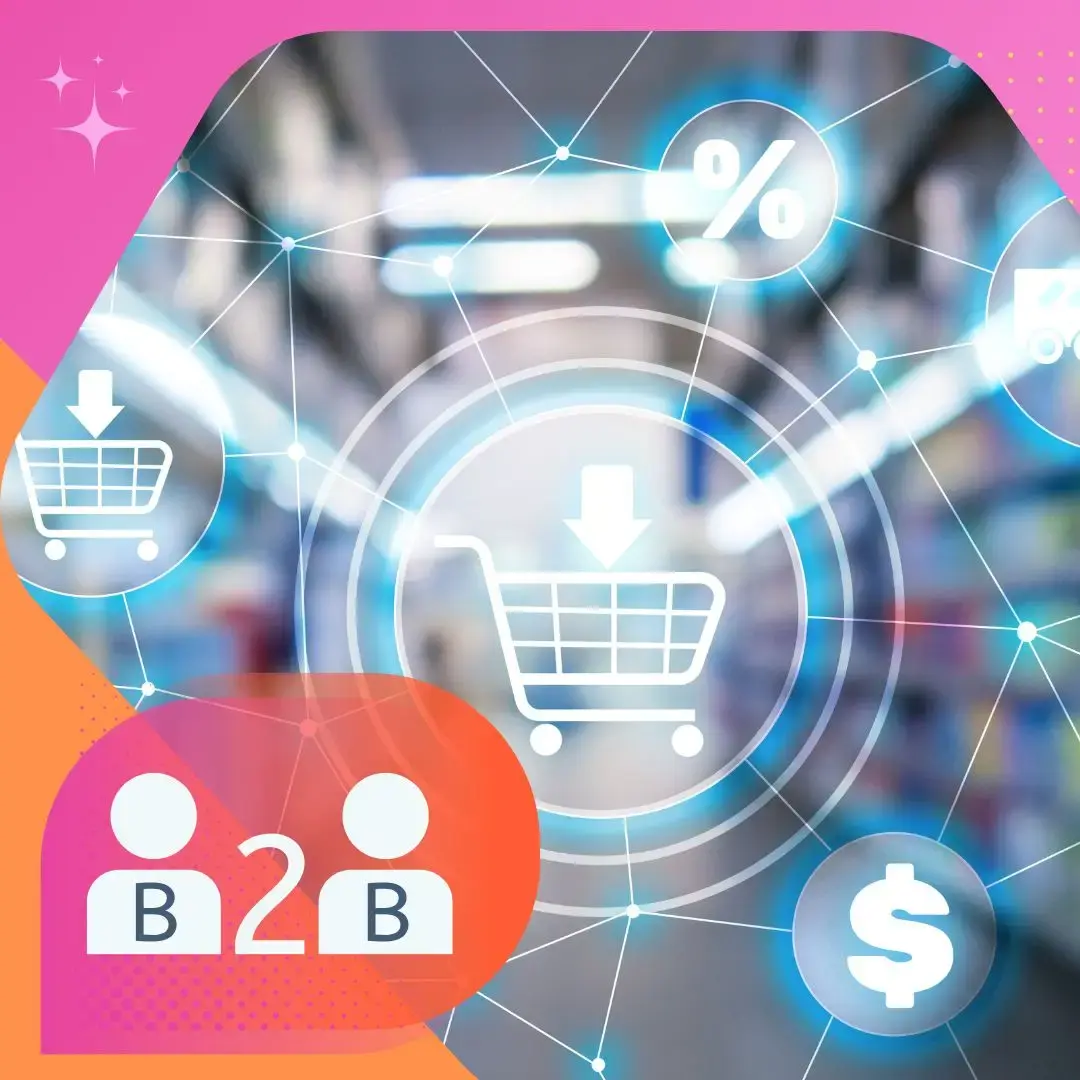You can't connect the dots looking forward; you can only connect them looking backwardsSteve Jobs
When it comes to your Quote-to-Cash Process, hindsight is 20/20.
Simplify, streamline, and automate, and you'll be connecting those dots like a champ!
Quote to Cash whiteboard explainer
This video discusses how to fully automate the CPQ and quote-to-cash process by leveraging existing Warehouse and Inventory management systems.
Identifying Common Business Inefficiencies
Inefficiencies can often creep into processes, slowing down operations and frustrating customers. One of the most significant bottlenecks occurs in the quote to cash cycle, a critical process that spans from the initial customer inquiry to the final invoice.
If your customer service team constantly runs back and forth, checking stock availability or lead time, it's likely that your systems are not integrated effectively. This disjointed approach can lead to delays in responding to customer queries, which can harm customer satisfaction and potentially cost your business sales.
Furthermore, sales teams often face significant delays in delivering pricing requests, whether from existing or new customers, in the CPQ process. These delays are frequently due to the time-consuming back-and-forth between sales, Purchasing, costing and warehousing teams.
Such delays and inefficiencies slow down the entire business, requiring rework reconciliations and costly manual tasks. This frustrates employees and leads to a poor customer buying experience. These inefficiencies highlight the need for a streamlined approach to the quote-to-cash process, one that leverages automation to enhance speed and accuracy.

Benefits of Quote-to-Cash Automation
Automating the quote-to-cash process offers numerous advantages that transform your business operations. By integrating all customer-facing activities into one cohesive system, businesses can eliminate the redundancy and error-prone manual processes that often lead to delays.
.webp?width=380&height=380&name=6%20(2).webp) This streamlined approach not only improves internal workflows but also enhances the customer experience by providing quicker responses and full self-service based on real-time accurate information.
This streamlined approach not only improves internal workflows but also enhances the customer experience by providing quicker responses and full self-service based on real-time accurate information.
With an automated system, businesses can ensure that all relevant data - from stock availability to pricing and lead times - is easily accessible and up to date for each customer's SLA and contract conditions in the integrated Webshop.
This means that sales and customer service teams can respond to inquiries more efficiently, thereby reducing the time it takes to generate quotes and process orders.
Furthermore, automation minimises the risk of human error, ensuring that the information provided to customers is accurate and reliable.
Integrating Systems for Simplicity
The solution to these inefficiencies lies in integrating various systems - such as ERP, accounting, billing, e-commerce and marketing - into a unified platform.
By doing so, businesses can ensure seamless data flow across departments, eliminating the silos that often lead to delays and miscommunications.
This integration is not just about technology; it’s about creating a cohesive operational framework that supports your business goals.
Leveraging project management and systems integration expertise, companies can align their front-end processes with back-end systems, regardless of whether they're using Sage, SAP, NetSuite, or Business Central.
A world-class integration tool like Commercient bridges the single customer-facing system with the single warehouse delivery system. (as explained in the 'quote to cash' whiteboard video).
This unified approach enables businesses to maintain a comprehensive view of their operations, allowing for better decision-making and improved performance across the board.
Enhancing Customer Service through Automation
Exceptional customer service is a cornerstone of successful businesses, and automation plays a crucial role in achieving this.
 By automating the quote-to-cash process, businesses can provide faster and more accurate responses to customer inquiries.
By automating the quote-to-cash process, businesses can provide faster and more accurate responses to customer inquiries.
This not only boosts customer satisfaction but also builds trust and loyalty, as customers appreciate timely and reliable service.
Automation allows customer service teams to access real-time data on stock levels, pricing, and order statuses, empowering them to provide instant answers without the need for manual checks and cross-departmental communication.
Additionally, automated systems can streamline communication with customers through self-service portals, enabling them to check order statuses, download invoices, or request support at their convenience.
This level of service can set your business apart from competitors and create lasting relationships with your customers as they become reliant on the exception service your customer portal delivers.
Accelerating Sales Cycles with Seamless Processes
One of the most significant impacts of automating the quote-to-cash process is the acceleration of the sales cycle. By removing inefficiencies and integrating systems, businesses can significantly reduce the time it takes to move from a customer inquiry to a completed sale. This speed not only increases the number of transactions a business can handle but also enhances the overall customer experience.
An automated system ensures that sales teams have access to all necessary information at their fingertips, allowing them to quickly generate quotes, confirm stock availability, and process orders.
This efficiency enables teams to focus on nurturing customer relationships and closing deals rather than getting bogged down in administrative tasks.
As a result, businesses can increase their revenue potential and gain a competitive edge in their market.

Common Use Case for Automation - Reducing Manual Workload
 Manual tasks can often be cumbersome and susceptible to errors. By harnessing automation within your quote-to-cash process, you can drastically reduce manual workload and enhance precision.
Manual tasks can often be cumbersome and susceptible to errors. By harnessing automation within your quote-to-cash process, you can drastically reduce manual workload and enhance precision.
Furthermore, automation facilitates quicker quote turnaround times, enabling your sales team to address customer inquiries with agility.
Automating the approval process ensures that quotes are reviewed and sanctioned swiftly, minimising bottlenecks and expediting the sales cycle.
Additionally, quote-to-cash automation delivers critical insights into sales performance and customer behaviour. By capturing and analysing data throughout the sales journey, you gain a comprehensive understanding of your customers' preferences, purchasing patterns, and challenges.
This intelligence empowers you to refine your sales strategies, elevate customer satisfaction and propel revenue growth.
Choosing the Right Tools and Technologies
Selecting the right tools and technologies for automating the quote-to-cash process is critical to achieving the desired outcomes.
Businesses must consider their unique needs and existing systems to find a solution that seamlessly integrates with their operations.
Whether opting for a comprehensive ERP system or a specialised integration tool, the chosen technology should facilitate seamless data flow and enhance process efficiency.
Partnering with experts in B2B Process Automation, Project Management and Systems Integration is essential to ensuring a smooth transition to an automated system.
Here at Big Business Agency, we have already integrated the eCommerce-enhanced HubSpot with Business Central, SAP B1, Sage and NetSuite.
We are experienced at bundling attached services like calibration, testing and training to complex device and instrumentation sales.
In addition to offering a software demonstration of the B2B Buyers portal, we offer an IT Workshop to help you understand the current Systems Architecture and security landscape and begin to define the Project Management approach that best suits your business.
You can book a Teams session here to discuss scope and project planning
FAQs
-
How do I scope automating Quote to Cash?
A proven way to scope automating Q2C is to start by considering the B2B Customer's Buying process.
How easy is it for them to order against their price book and with their negotiated attached services?
How do they place a repeat order?
How do they return goods?
How do they lodge tickets and support issues?
Is their procurement centralised?
Who are authorised buyers, and how are they managed?
-
Is CPQ and Q2C the same thing?
No.
CPQ is the Configuring, Pricing, and Quoting process, which we automate inside the Customer Portal when eComm is enabled with the CommercePro functionality.
Q2C includes CPQ and continues on to delivery, shipment, centralised invoicing, returns, and booking attached services such as calibration, testing, and training.
-
How do I accurately reflect available inventory for customers to purchase in their Portal?
It is ideal to integrate your warehouse management solution directly into the Customer Portal.
We achieve this by implementing the Commercient API, which provides real-time inventory, lead time, and return statuses.
We have also used a simple manual process to upload a CSV file into the customer portal.
-
How are customer-specific pricing, bundles, service levels, and conditions loaded into the portal?
Each customer has access to their exclusive and secure portal which contains their negotiated:
- Price books
- Attached services
- Service level agreements
- Service Contracts
- Procurement process and billing consolidation
-Returns and repair agreements
Got questions?
Interested in learning how to get started with quote to cash automation?
Read about our services here:
Related articles
Ultimate Guide to HubSpot Smart CRM
The Top 10 Strategies to grow your manufacturing business
How to Get Started with Quote to Cash Automation
Top Strategies for Professional Services Business To Grow their business
Top Growth Strategies for IT Services Companies

2 min read
Why your B2B company needs a webshop
"Online" has become the new normal, fundamentally transforming how we buy and sell. Unsurprisingly, eCommerce is growing so quickly in the B2B...

Best Salesforce CPQ Alternatives in 2025
Is Salesforce CPQ disappearing? If you’re a business still relying on it - or thinking about starting - you might want to hit pause. Salesforce is...




